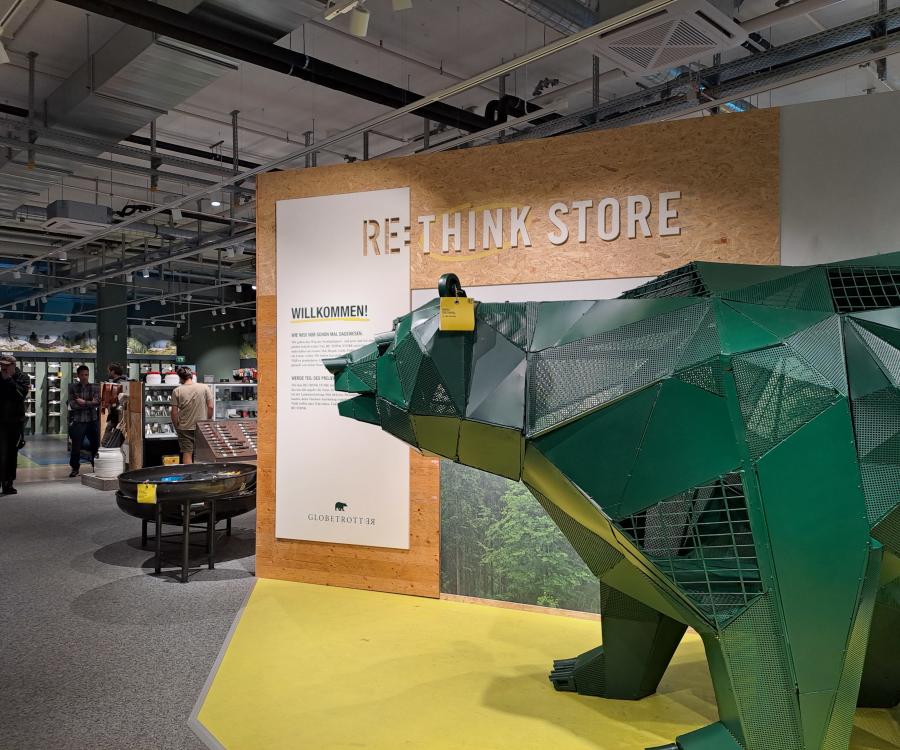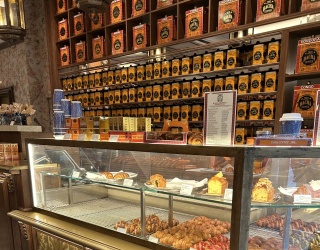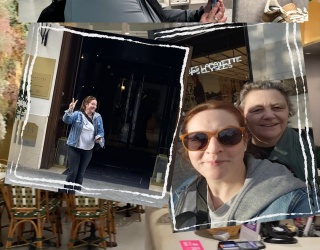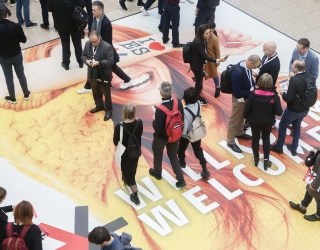
Just like all other retailers, shopping center owners today are facing the challenge of offering customers a special shopping experience in order to stand up to the increasing competition by online retailers. This is why the architectural design also needs to improve the feel good factor and thus extend the customer’s length of stay at the center. In this interview, Dr. Karl Reinitzhuber, Co-CEO of mfi AG talks about the role architecture plays in the success of a shopping center and integrated services for customers.
Dr. Reinitzhuber, how did architectural design of shopping centers change over the past few years?
Reinitzhuber: The architecture of shopping centers and for that matter architecture in general follows trends. The architects we commission like to get inspired by museum facades. They often mirror the current zeitgeist, especially when it comes to the choice of materials. For some time for instance, facades made of glass and sheet metal have been in vogue. One recent prominent example is the Porsche Museum in Stuttgart.
Admittedly, we are subject to more restrictions. We need to be mindful of the inner city environment for example. And we need to build in a way where our tenants are provided with optimal conditions. And perceptions have also changed in this area. In the past, storefronts were all lined up in a row for instance. In newer centers such as the Pasing Arcaden in Munich, tenants can be flexible in their design and are allowed to build one-and-a-half meters out into the mall for instance. This creates more variety and makes the Center more interesting for guests.
Many customers find shopping centers less interesting than online shopping. How exactly do you as an operator respond to this so they don’t switch over even more to online retailers?
Reinitzhuber: Online retail is a reality and it is going to increase even further. But long-distance relationships are rarely ideal – neither in the personal sector nor when it comes to business. If you sit at the computer and order items, you don’t get to experience anything. We need to make sure that our tenants‘ customers feel good in the centers and that their stay there turns into an experience that goes beyond mere shopping. In the past, the goal was for guests to find the individual stores as quickly as possible and then leave the mall again.
Today the goal of mall owners and their tenants is for guests to linger as long as possible in the shopping centers; a goal that is also pursued by architecture. It should be seen as a unit where you can pursue different leisure time activities. Above all, the service in the centers needs to be great – by retailers and restaurants as well as mfi as a mall owner.
We developed our four-star service concept for this, which takes its cue from the quality parameters of the hospitality sector and to be more precise the service level of four-star hotels. Each center that wants to meet this standard needs to fulfill an extensive checklist of requirements, which is reviewed by an external institute. So far, this is a unique concept for our industry sector. You can say in a nutshell that architectural design needs to be one of the services and feel good factors in the center.
Can you give us some examples of this?
Reinitzhuber: Lounge areas with comfortable seating are improvements for instance. We host events; the architectural design also needs to address this possibility. And gastronomy plays an ever-bigger role. There are food courts in several of our centers, which are based on our ”dining plaza” concept. It offers a variety of restaurants that also create a unit and whose guests find beautifully designed seating options within the plaza.
Lighting and the color scheme of the entire mall also play an important role. Lighting should be able to adapt to the respective natural light. The design and programming of such lighting concepts are very intricate, but also effective. In terms of colors, we currently see a preference for black, white and wood tones – two years ago, the favorites were metallic, coffee and beige hues. Color preferences change quickly, but we are able to respond quickly as well, too. Finally one important point: our malls have different main target audiences – some younger, some older. All of the mentioned measures need to fit the respective most important target audience.
What other trends do you see for your industry sector in the upcoming years?
Reinitzhuber: The trend keeps moving towards shopping options or rather a shopping experience that appeals to all senses. This is why we will realize our ”Shopping With All Your Senses” concept in our new centers “Palais Vest” in Recklinghausen and “Minto” in Mönchengladbach. It works with so-called synesthesia, the multisensory interplay of different sensations. To do this, scents, sounds, special lighting and flooring are being used – thus creating a multifaceted overall presentation. This is very innovative.
The guiding theme is for customers to feel like they are at home and to become inspired or be reminded of an ambience they feel comfortable in. The Pasing Arcaden for instance plays bird sounds. And it really seems like you are in a forest and it makes you relax.
Interview by Daniel Stöter, iXtenso.com








